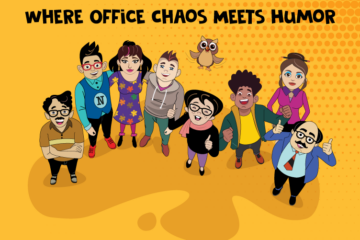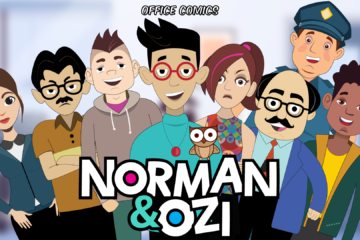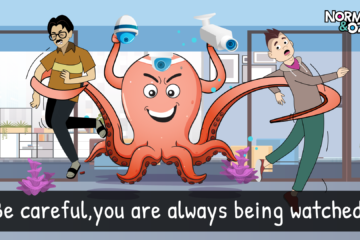Ah, comics—where art and storytelling dance the cha-cha while wrapped in superhero tights! For those of you who think comics are just for kids or are synonymous with superheroes, this blog is here to prove you wrong.
We’re here to educate you about various comic genres, each genre in detail, with its own unique flair, flavour, and fan base. Are you ready? Let’s dive right in!
Superhero Comics
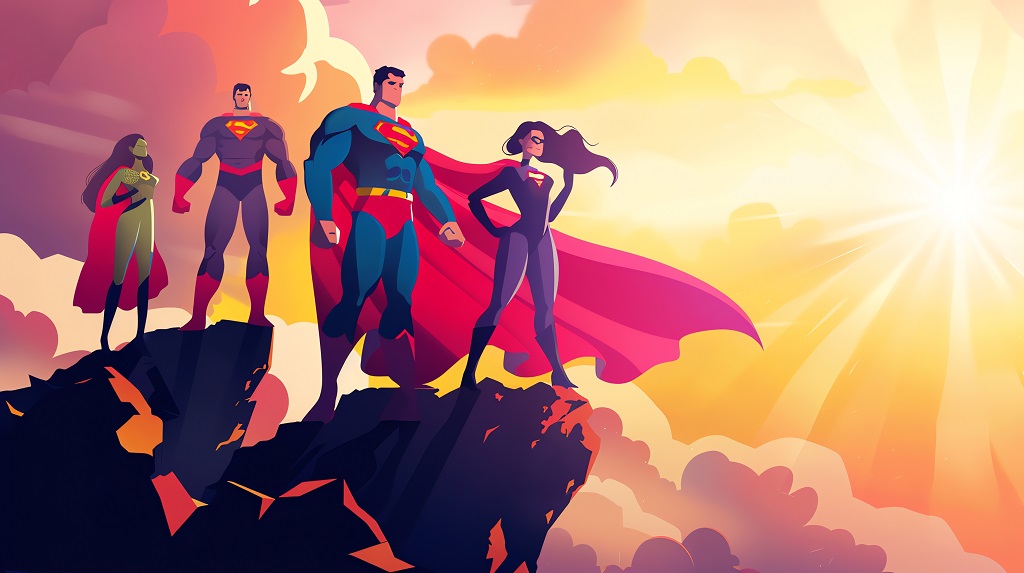
Let’s start with the elephant in the room and get it out of the way — no, not Dumbo, but the superhero genre. Picture this: a dude decked in the tightest of spandex you anyone could possibly imagine, cape flapping in the wind, defying gravity, and ignoring all principles of aerodynamics. Though a bit out of touch with reality, superhero comics are the bread and butter of the comic world. Superman, Batman, Spider-Man—you know the crew. These stories are often about good versus evil, moral dilemmas, and the occasional planet-saving escapade.
Manga

Crossing the Pacific, let us now discuss manga. Manga is like the sophisticated cousin of Western comics—think the sushi equivalent to the Philli Hotdog. It comprises of action-packed shōnen like “Naruto” and “Dragon Ball,” to romantic shōjo like “Fruits Basket,” and the horror-filled pages of “Tokyo Ghoul.” Manga reads from right to left, which is a fantastic way to keep your brain agile.
Manga also has a knack for fitting the extraordinary into an otherwise mundane premise. Ever read about a high school girl who can transform into a giant robot? No? Try reading Manga then.
Science Fiction Comics
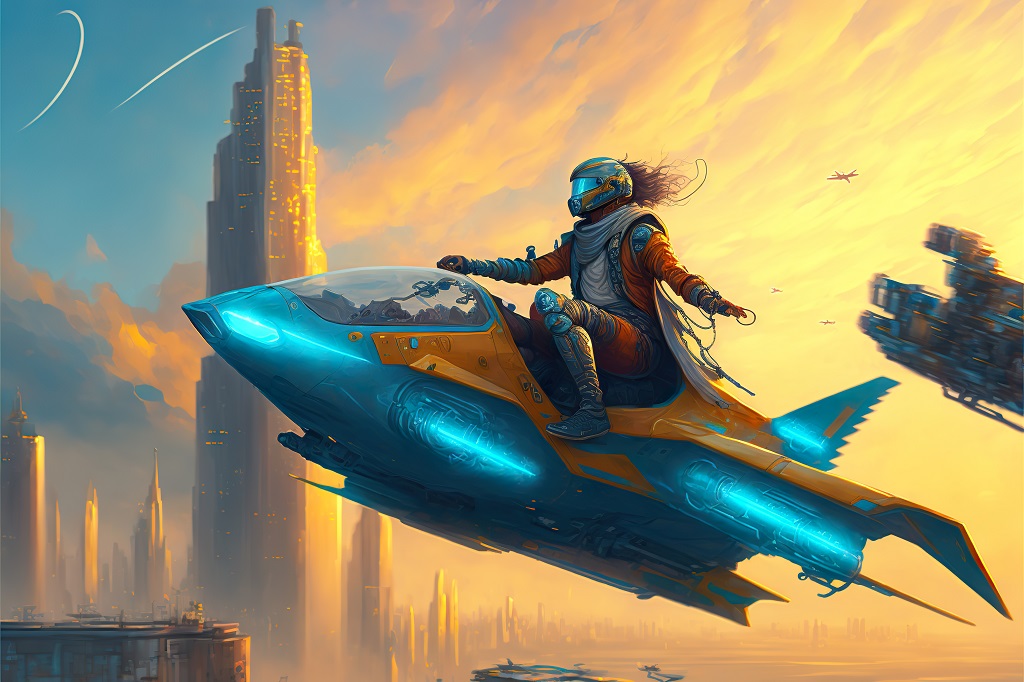
Science fiction comics take us on intergalactic adventures and futuristic escapades. They discuss profound themes like technology’s impact on society and its existential threats. If you want to explore the idea of a dystopian future, try “Judge Dredd” as he trolls the dystopian streets of Mega-City One. If you’re a sucker for romance in a Sci-Fi backdrop, look for “Saga.”
Remember that in space, no one can hear you geek out.
Fantasy Comics
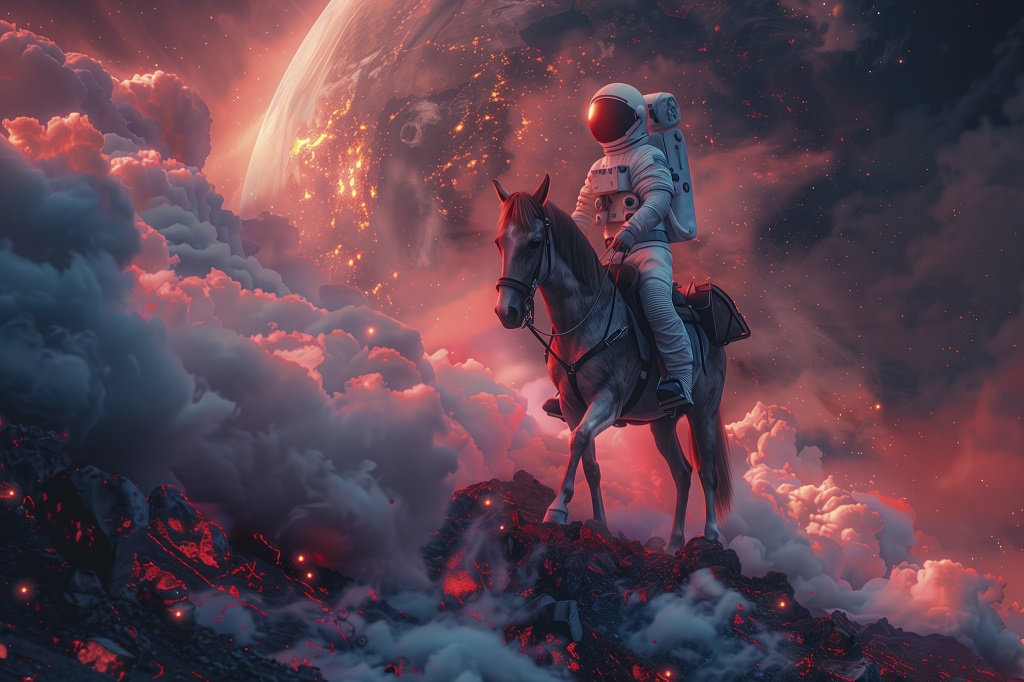
While Sci-fi comics are all about confronting the hard realities of the future, fantasy comics are about escaping reality and running into a world of wizards, dragons, and enchanted forests. “Sandman,” a Neil Gaiman epic that intertwines myth and modernity, “Fables,” where fairy tale characters exist in the real world dealing with everyday problems, are two of the best in the genre.
Horror Comics
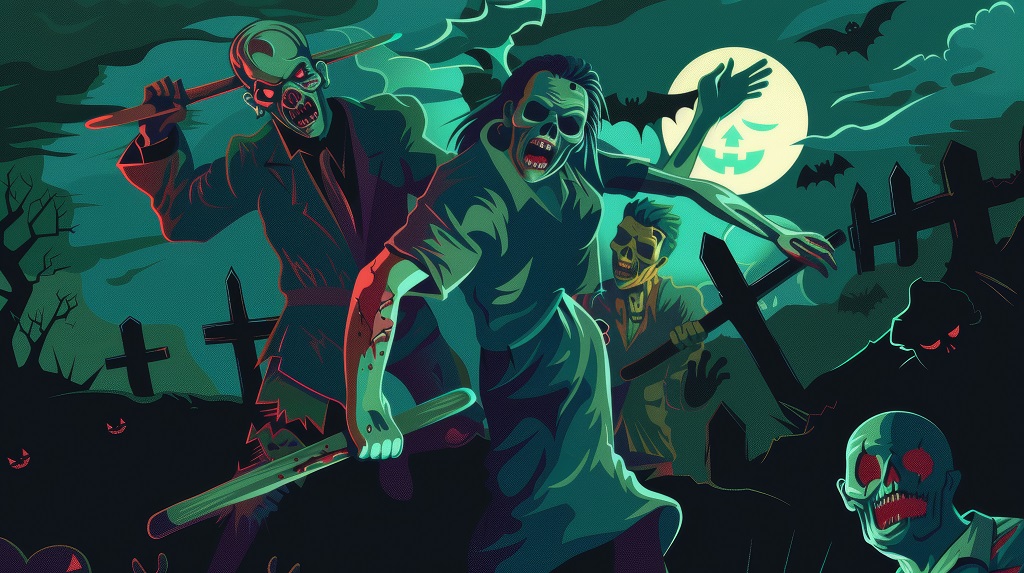
Are you a fan of goosebumps creeping up all over your skin? From the classic “Tales from the Crypt” to the more recent “The Walking Dead,” horror comics play on our deepest fears and anxieties. Any by horror, we don’t just mean a haunting. These stories are often the dark and gruesome aspects of life constantly escalated in the flowing storyline, until it becomes overwhelming and unsettling.
But what most people don’t know is that horror comics also provide us with a controlled environment to confront our deepest fears. It is always better to be scared by a zombie on a page rather than in your kitchen in the middle of the night.
Slice of Life Comics
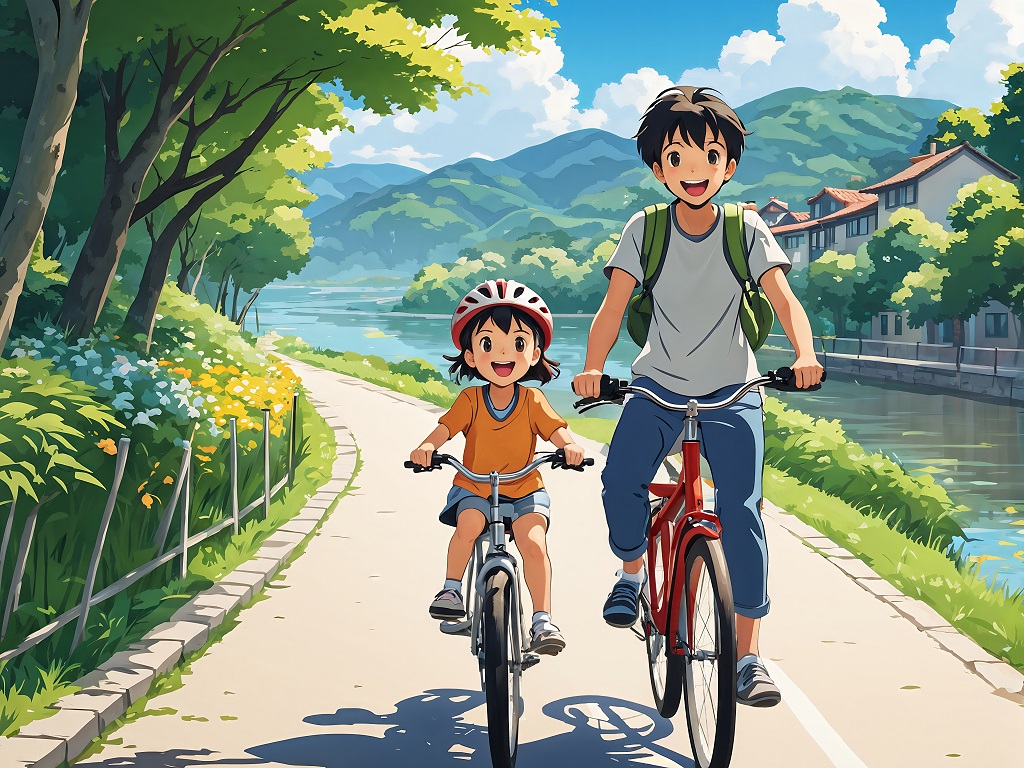
Not all heroes wear capes; some wear aprons, office suits, or heaven forbid, hazard suits. Slice of life comics focus on everyday experiences and emotions. Like the name suggests, it’s almost as if a small chunk of the everyday life of an average layman have been cut out and presented on comic panels. Check out “Persepolis” and “Fun Home” for personal narratives that resonate deeply with readers.
Corporate Comics
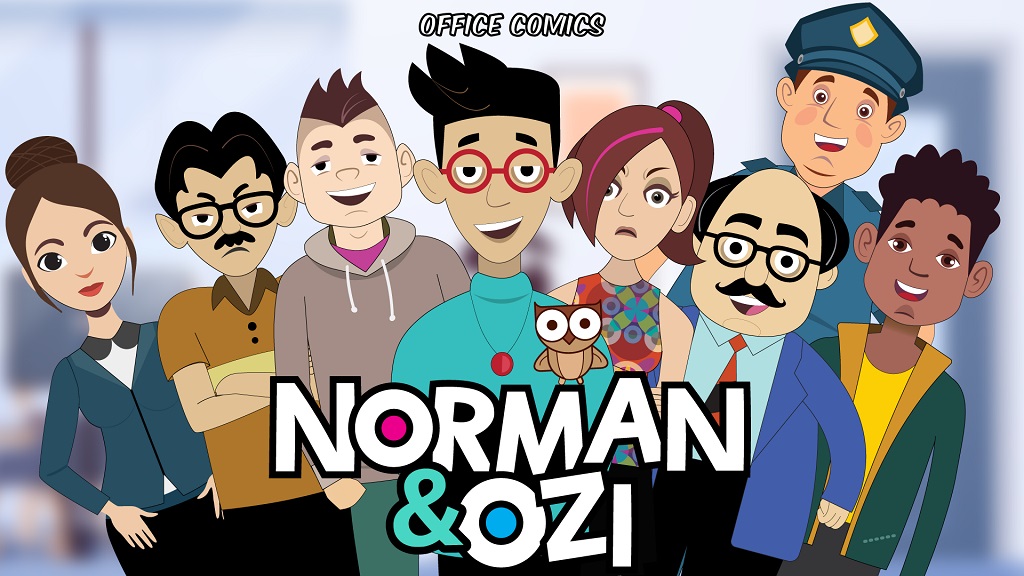
Most of our lives are predominated by our work hours and professional goals while the rest of our priorities are centred around it. Face it, of 24 hours, 8 hours, which is a significant 33% of our lives and 50% of the all the time we’re awake are spent at work. And the weird social dynamics, politics and a bunch of bored individuals cooped up in a place give plenty of material for humorous comics. Check out Norman & Ozi comics for a peak at how hilarious corporate comics have the potential to be.
Adventure Comics
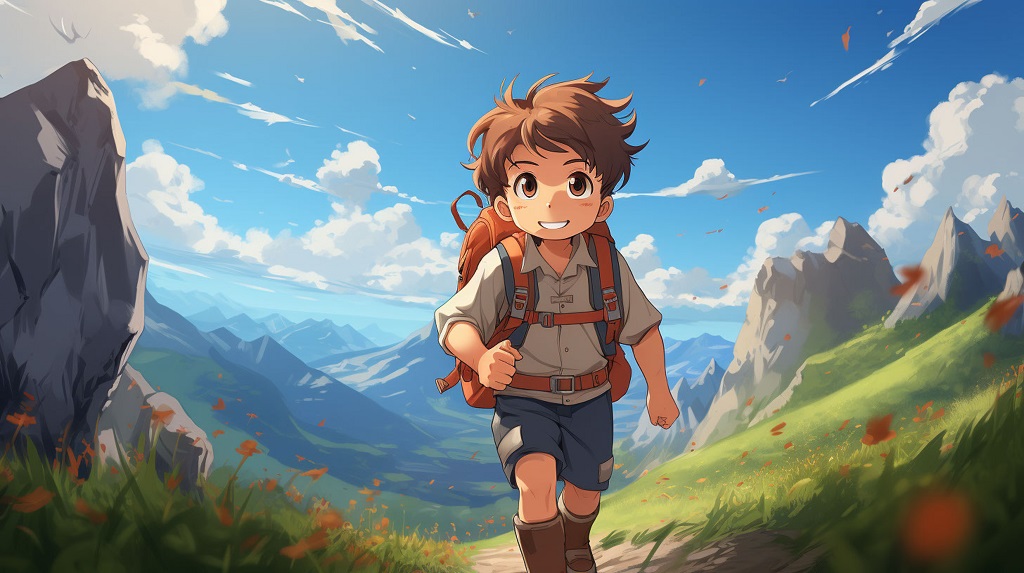
Last, but not least, adventure comics are for those with a penchant for excitement. Believe it or not, but before it became a famous movie franchise, “Indiana Jones” was a comic book. That is the type of adventure we’re referring to.
Comics offer a wide canvas to artists who offer something for everyone. Whatever you might be into, there is an artist catering to your interest. With the onslaught of web comics, the canvas has officially become endless. It is time for you to step out of your comfort zone and explore new genres. And remember, in the world of comics, everyone is a hero in their own right—no cape required
FAQs on Comic Genres
The primary categories of comic books include superhero, manga, fantasy, sci-fi, horror, comedy, corporate cartoons and slice-of-life comics, providing a broad overview of the diverse comic genres.
Superhero comics often feature characters with extraordinary abilities, moral dilemmas, and epic battles, setting them apart from other genres which may focus more on everyday life or speculative fiction.
Manga offers unique art styles, varied storytelling techniques, and cultural themes that resonate differently than Western comics, appealing to a broad global audience.
Fantasy comics create immersive worlds with magical elements, mythical creatures, and epic quests, offering readers an escape into enchanting and imaginative realms.
Horror comics use dark imagery, eerie storylines, and psychological tension to evoke fear and suspense, often pushing the boundaries of conventional storytelling.
Comedy comics focus on humor, satire, and everyday absurdities, with popular titles including “The Far Side,” “Calvin and Hobbes,” and “Archie Comics.
Sci-fi comics explore futuristic technology, space adventures, and speculative science, with essential reads like “Saga,” “Transmetropolitan,” and “The Invisibles.
Webcomics are typically published online, offering greater accessibility, diverse themes, and interactive elements, catering to modern digital audiences.
Graphic novels provide in-depth storytelling and complex characters, often tackling serious themes and offering a more literary approach compared to traditional comic books.
Comic genres have evolved with cultural shifts, technological advancements, and changing audience preferences, reflecting contemporary issues and innovative storytelling methods.
Corporate cartoons are humorous comics set in a workplace environment, often highlighting the absurdities and quirks of corporate life. They are popular because they provide relatable and entertaining commentary on everyday office experiences.
Office cartoons can be used in marketing to engage audiences, convey complex ideas in an entertaining way, and humanize a brand. They are effective on social media, newsletters, and presentations, capturing attention and fostering a connection with the audience.
